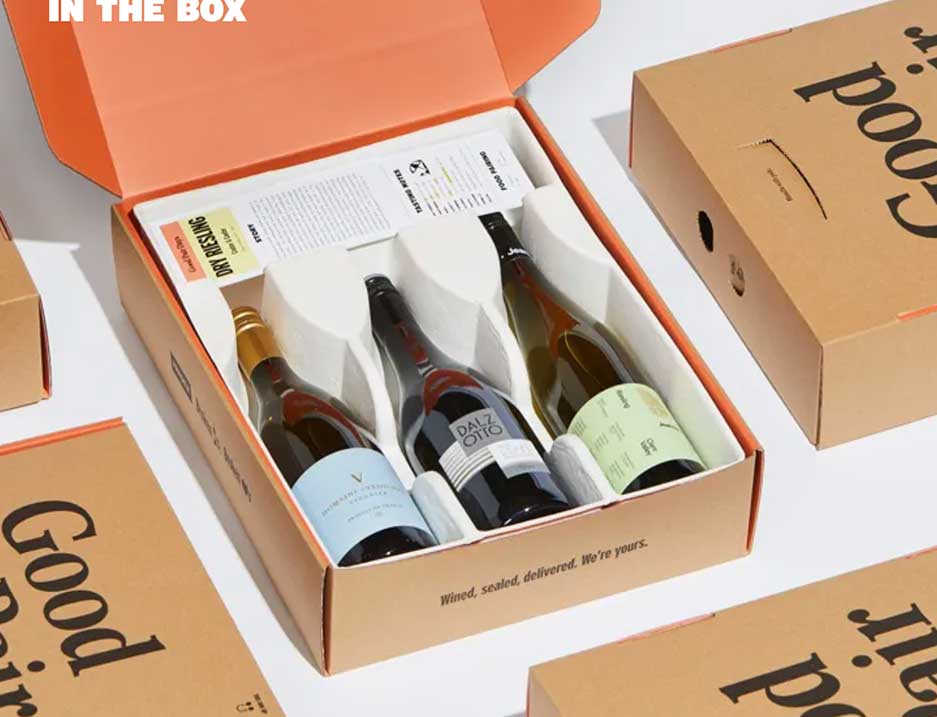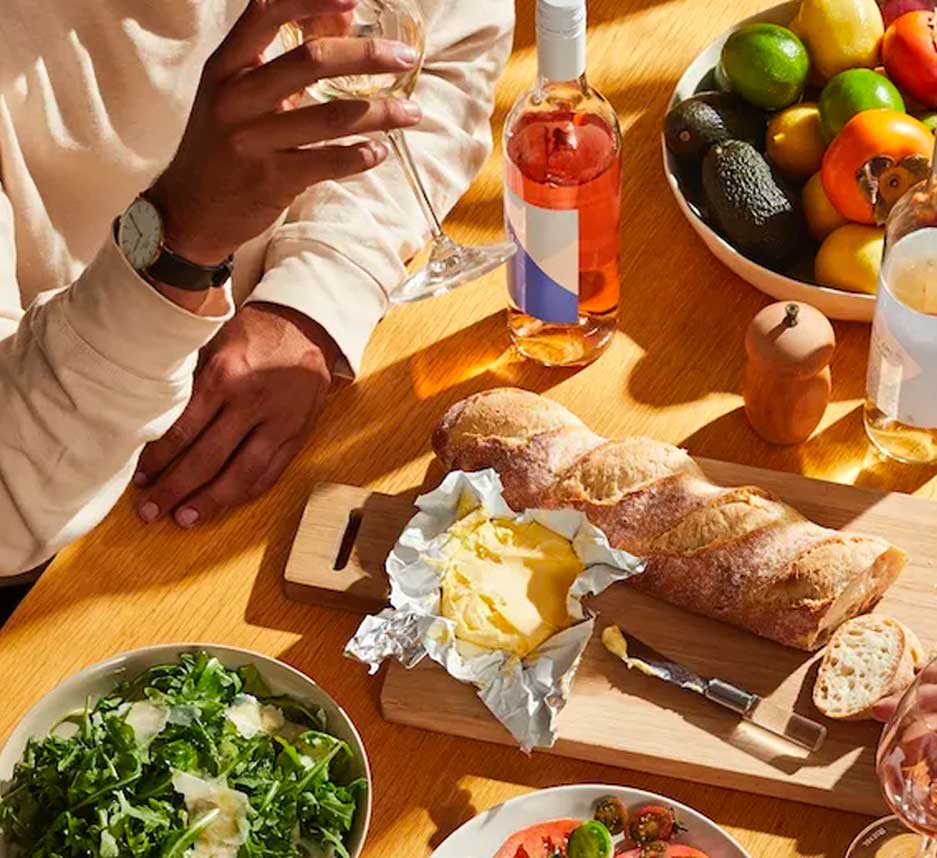
InStitchu x Good Pair Days Wine Academy Part Two: How To Taste Wine
Don’t know the difference between tannins and raisins? Never wrapped your head around bouquet and acidity and why that natural wine smells a bit like a stinky foot? Or perhaps you’re just worried that chardonnay with legs will walk right off? Well, fret not - pour yourself a glass of the good stuff and prepare to be illuminated, because we tapped Master Sommelier and Co-Founder of Good Pair Days, Banjo Harris Plane, for his tips on how to taste wine in part two of the InStitchu x Good Pair Days Wine Academy.
1. Do your homework.
Familiarise yourself with the smells and tastes of common fruits and foods. When people say their Pinot has aromas of red berries, they’re not suggesting there’s actual raspberry in their wine - they’re just reaching for a parallel description, to make sense of what they’re experiencing. Food is the language of wine, and for every varietal (ie. Chardonnay, Shiraz, Cabernet) there’s a range of smells and tastes commonly associated with it, and they’re usually described through other foods you are familiar with. A New Zealand Sauvignon Blanc might have very noticeable aromas of freshly cut grass, and when you’re aware of that being a probability, you won’t be able to miss it - doing your homework about the common descriptors give you a way to connect your ideas with words that make sense to others.
2. Use your sight.
While the obvious part of ‘tasting’ wine is ‘taste’, it’s supposed to be a complete experience that uses all of the senses at your disposal. Before you dig in, pour yourself a glass and have a look at how it appears. What colour is it? Does it change as the wine gets closer to the rim of the glass, perhaps getting a little more orangey or rusty coloured? This can be a clue to the age of the wine - an older wine will have a bigger colour differentiation. Any sediment or solids can also suggest it is older as a wine. How transparent is the wine? Opaque wines that you can’t see through are often heavier and richer. Is it cloudy, or clear? Wines that haven’t been filtered or clarified, like organic wines, are usually much hazier in the glass

3. Have a sniff.
Put your nose in the glass and breathe deeply. Give it a swirl and try again. What are the smells you’re picking up on? Try to land on a couple of key terms you’re landing on. Are there fruits? Flowers? Spices? Herbs? Resist the urge to check the back of the bottle or a review for now - try to settle on your own descriptions.
4. Have a taste.
The part we’ve all been waiting for. Have a good sip and let it roll around the mouth so it hits all the taste buds in your mouth. Have another sip, and try to examine the types of flavours you’re tasting. Is there lots, or do a couple of key flavours stick out? Think about texture (is it silky, or heavy, or light?), tannins (this is the ‘grippy’ sensation which pulls at your gums and mouth a little, usually most noticeable in a red wine), the level of alcohol, the length of the wine (does the flavour disappear pretty quickly, or does it linger for a while?, complexity and balance. There’s lots of things to look for, but try to concentrate on a couple at first, branching out as you’re more comfortable with your words and what you’re looking for.

5. Practice, a lot.
This sounds like a sales tactic, but the thing that separates a wine taster from a good wine taster is whether they’ve tasted a lot of wines! Try heaps, and try to be scientific about how you approach it. Keep doing your research, make notes if you feel up to it (there’s lot of apps where you can take photos of each you’ve tried, like Vivino), and consider things like the varietal, the region, the brand and the age - they’ll be the things that affect differences in what you’re experiencing, whether they’re small or large. Stay tuned for more—we’ve tapped Banjo and the Good Pair Days team for some tips on navigating the sometimes difficult world of wine, as a four-part series, this being the second part. Banjo will cover how to taste wine, how to cellar wine and other basics—the series is a laid back education how-to for novices and seasoned drinkers alike. If you don’t have any vino handy, it might be worth putting an order in - who wants to learn about wine unless you’ve got a glass in your hand, right?